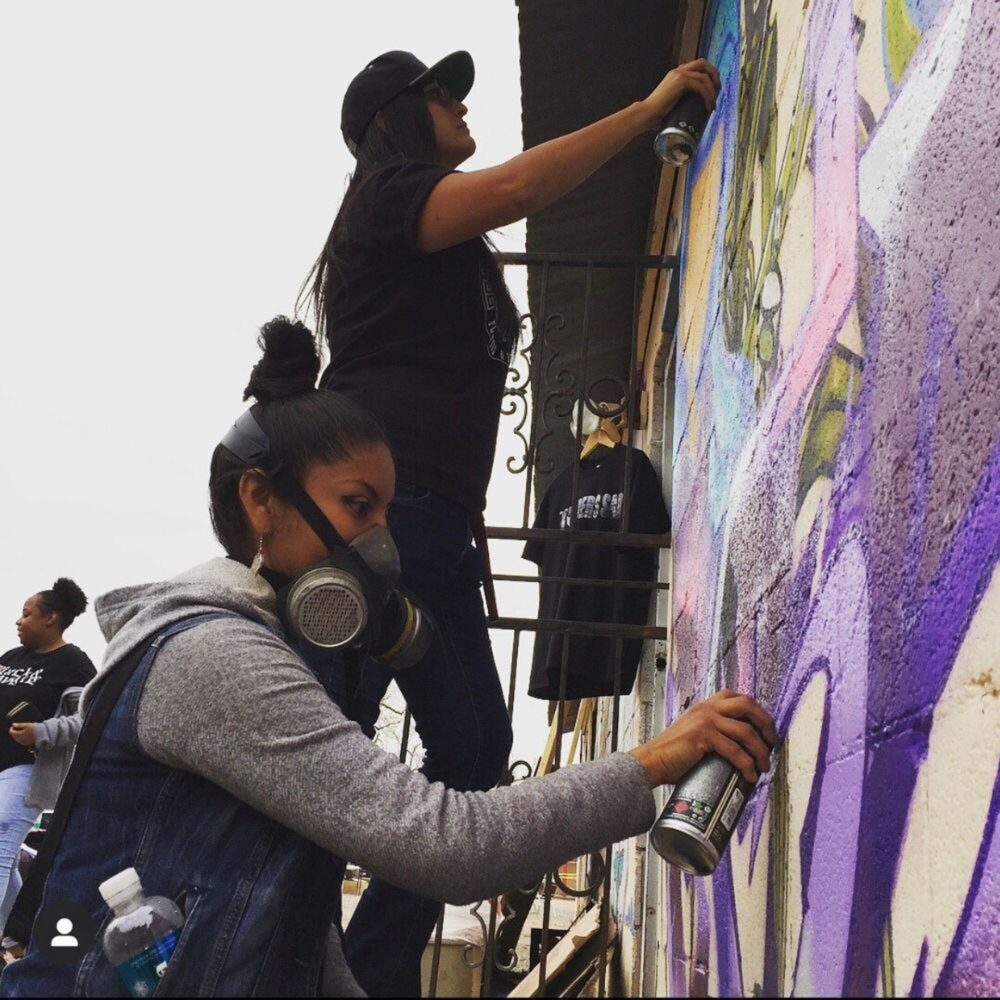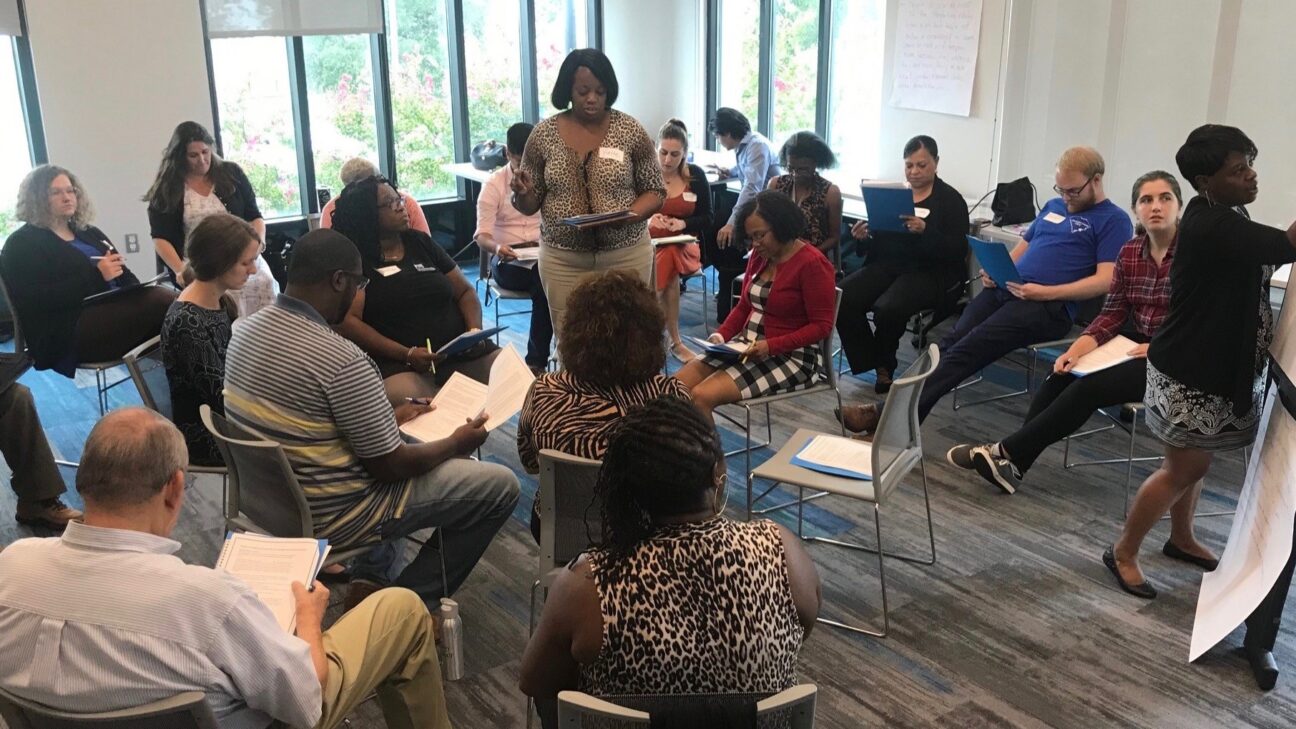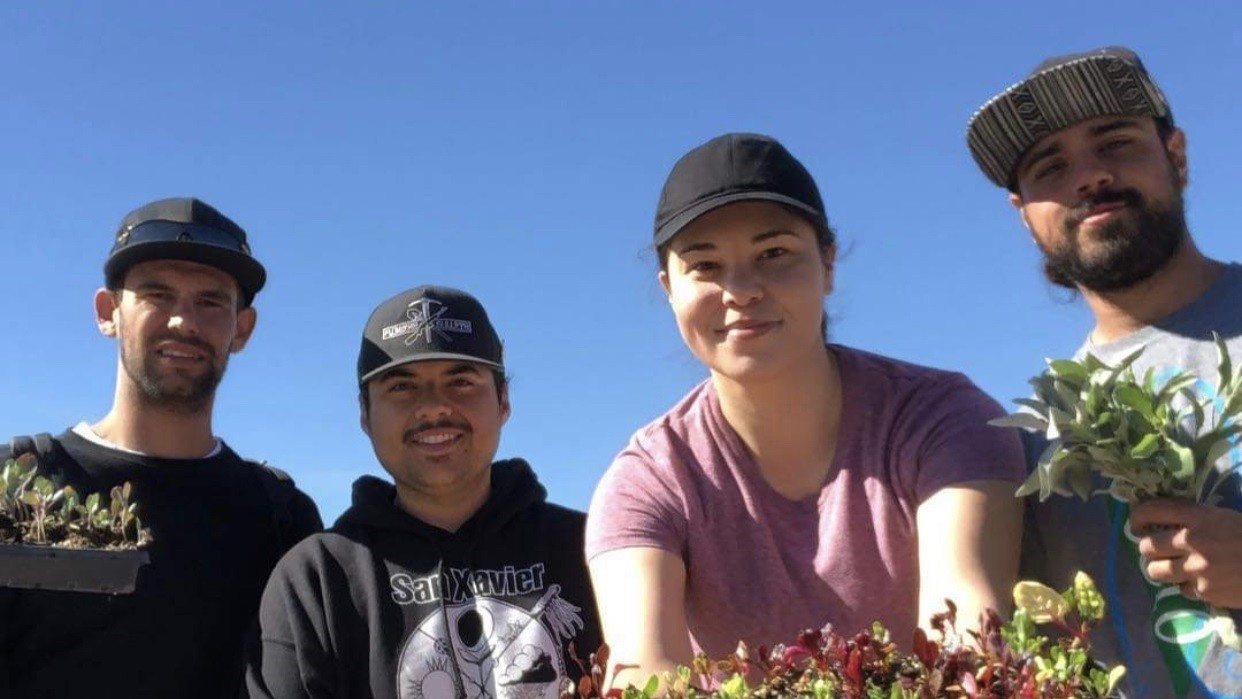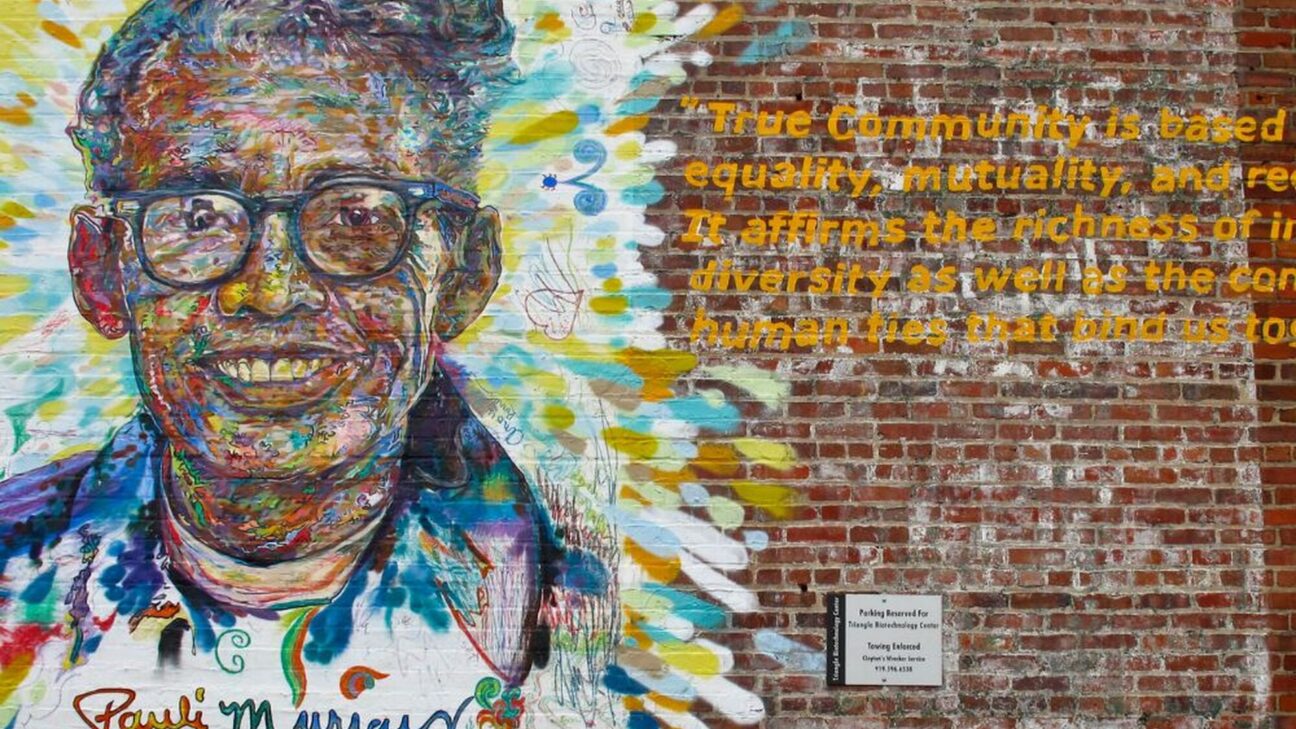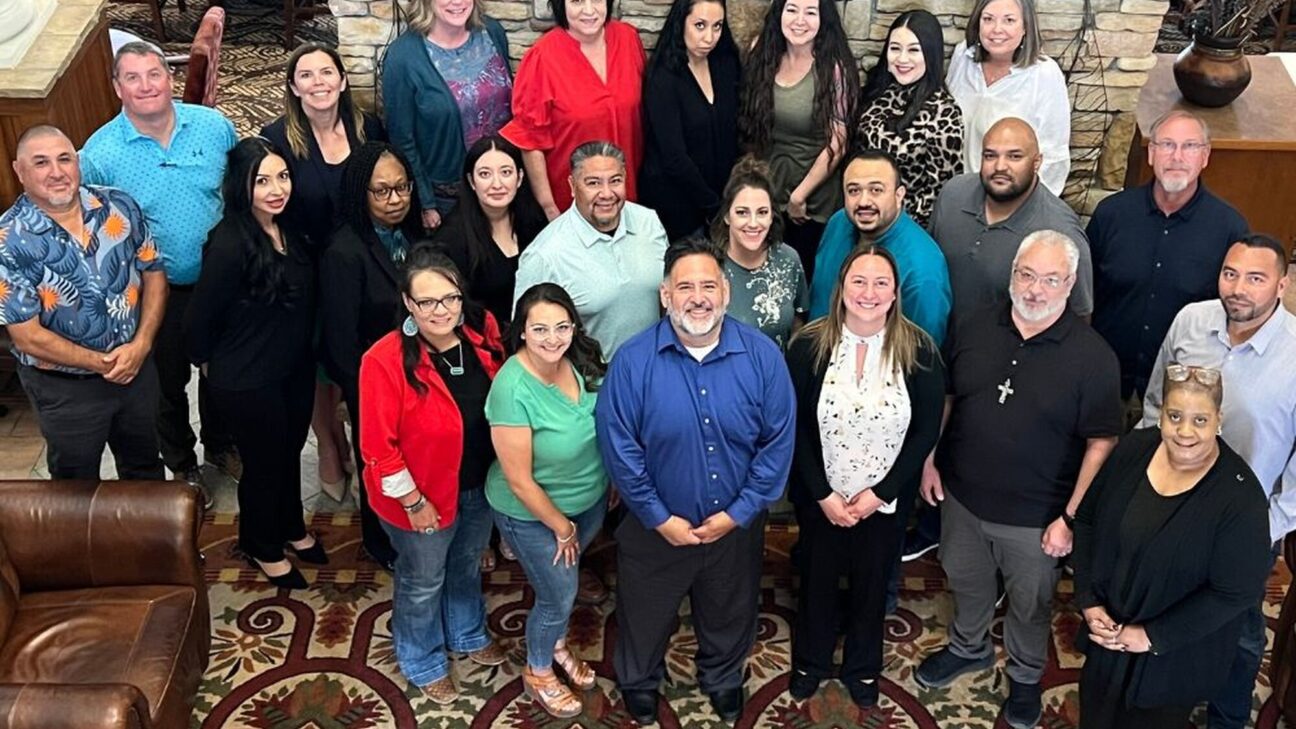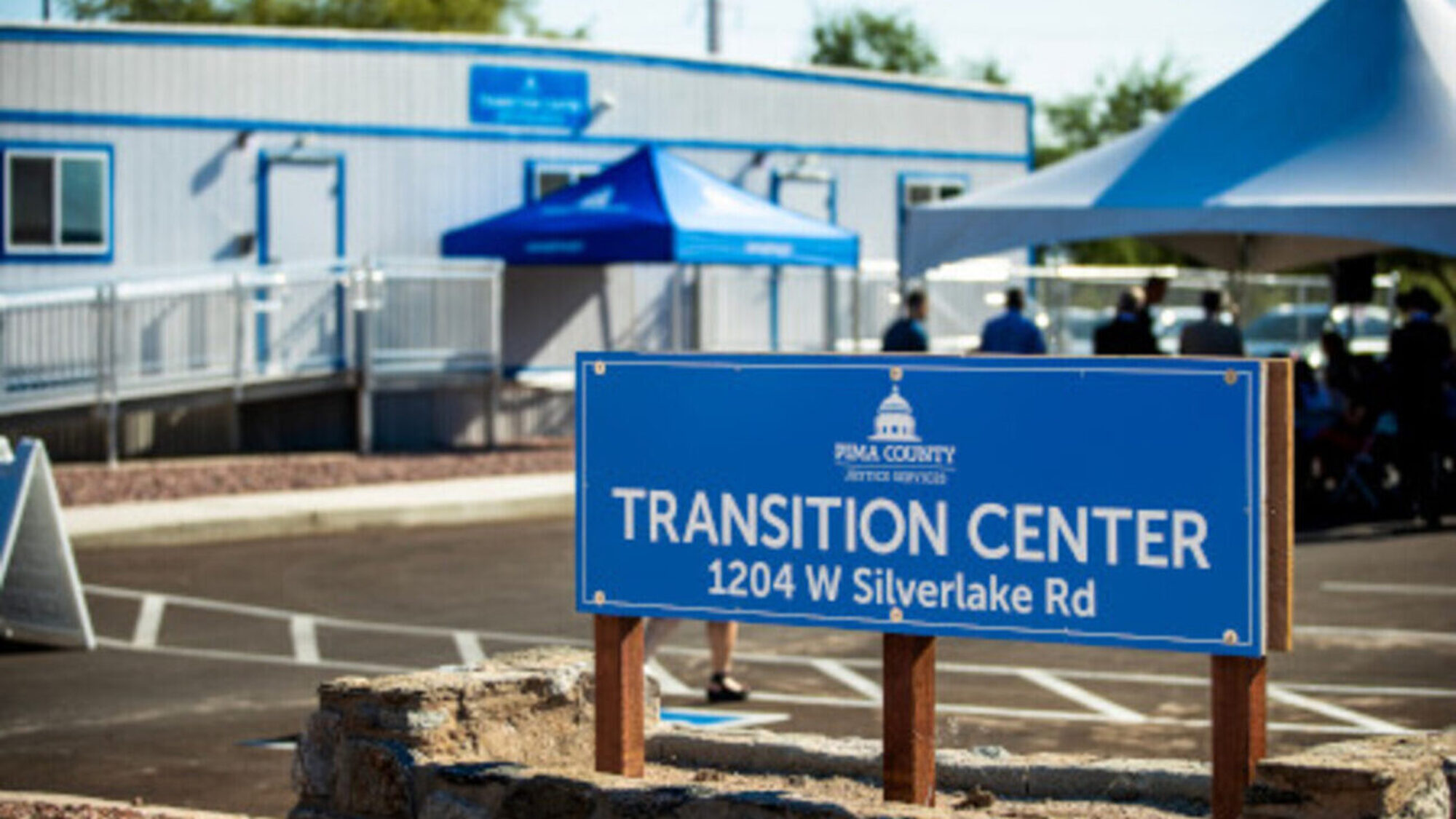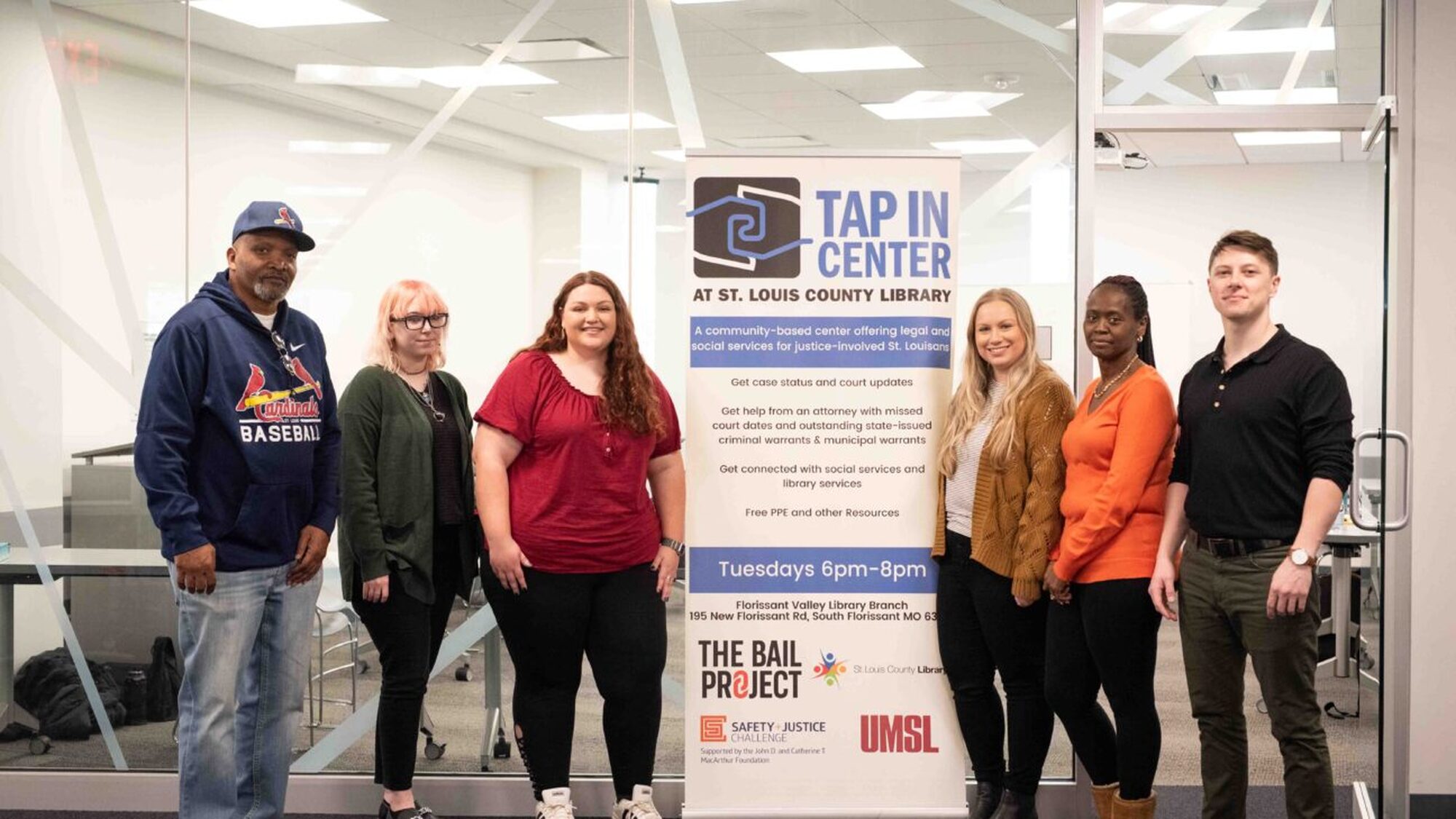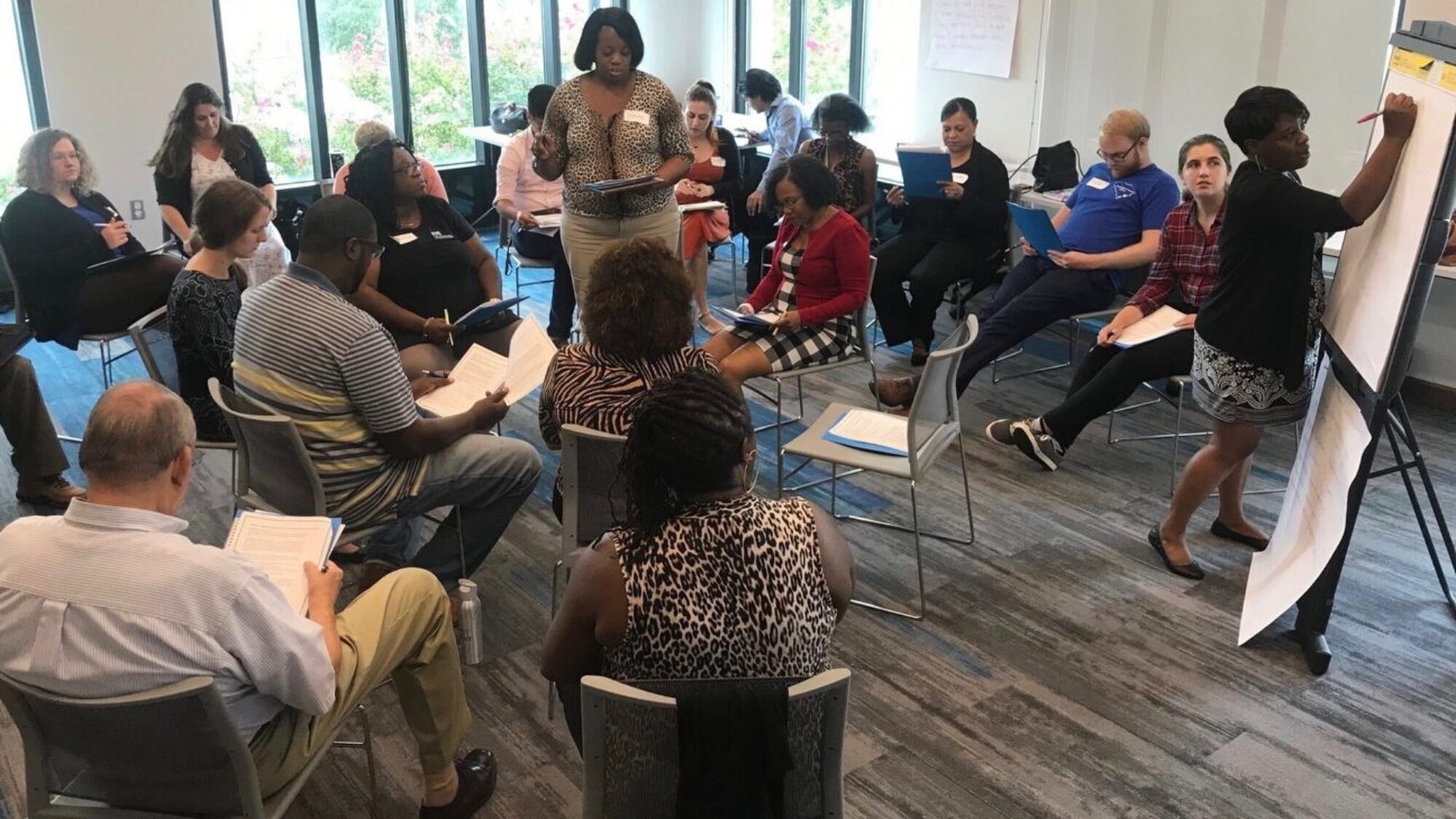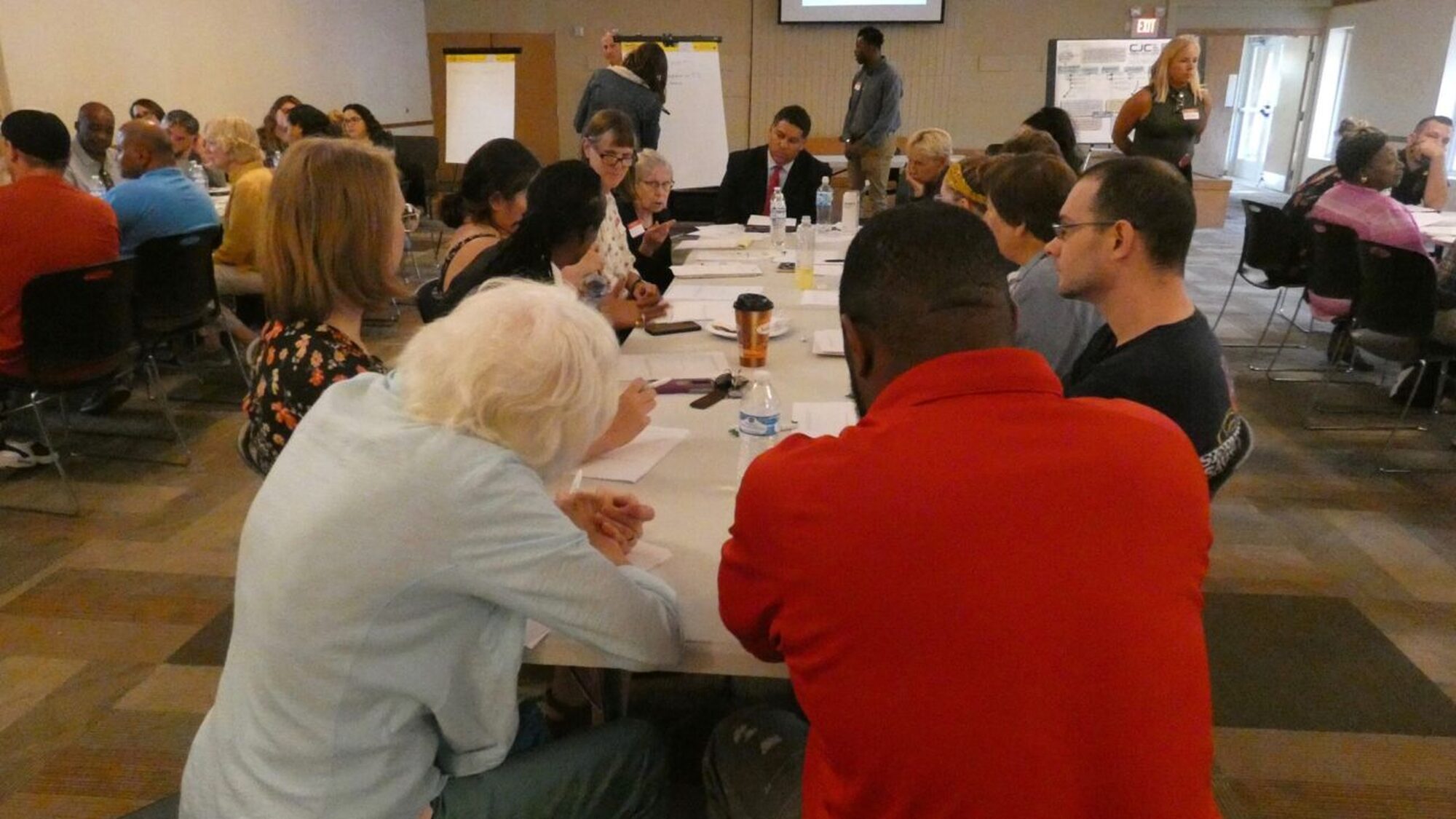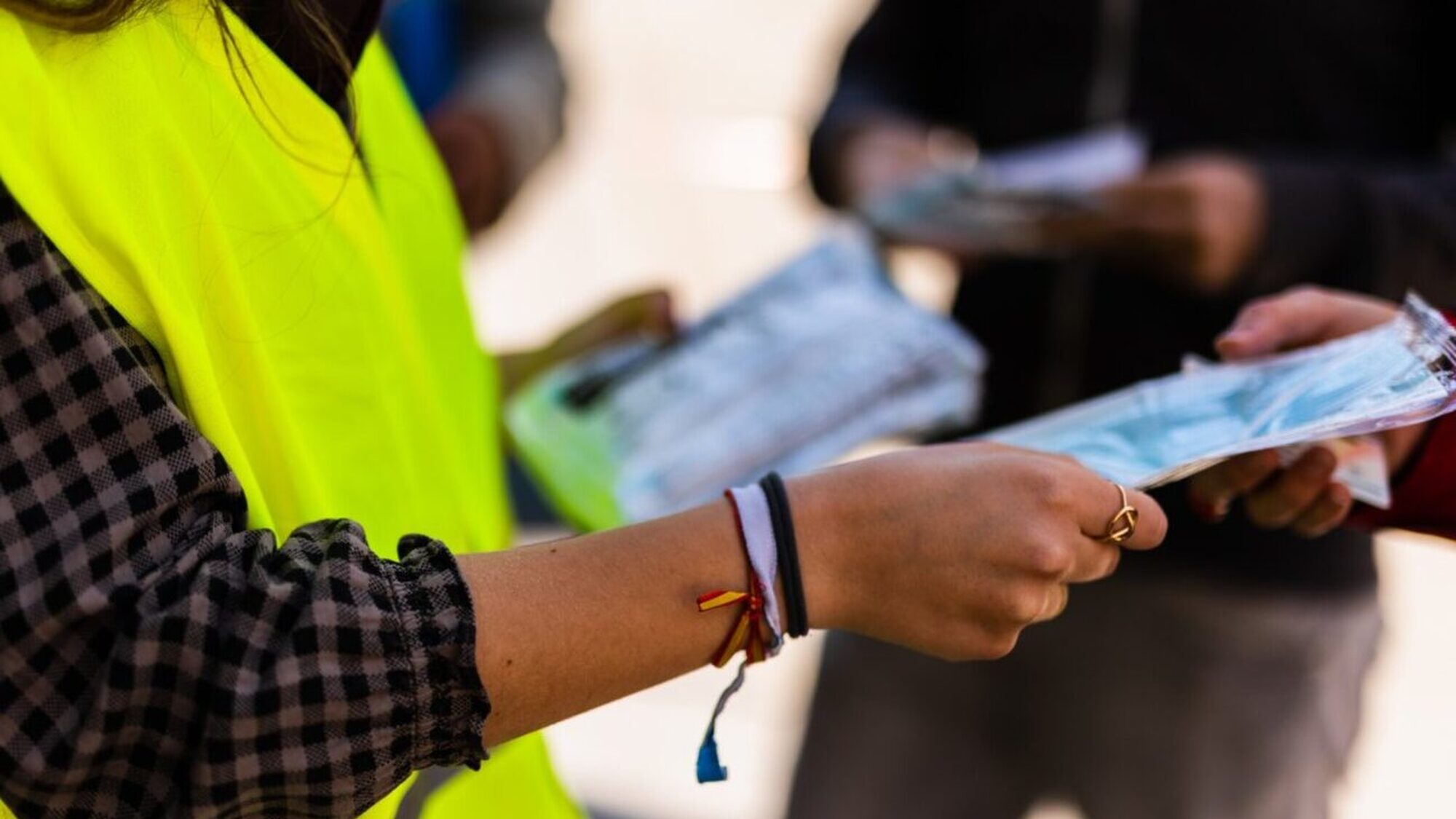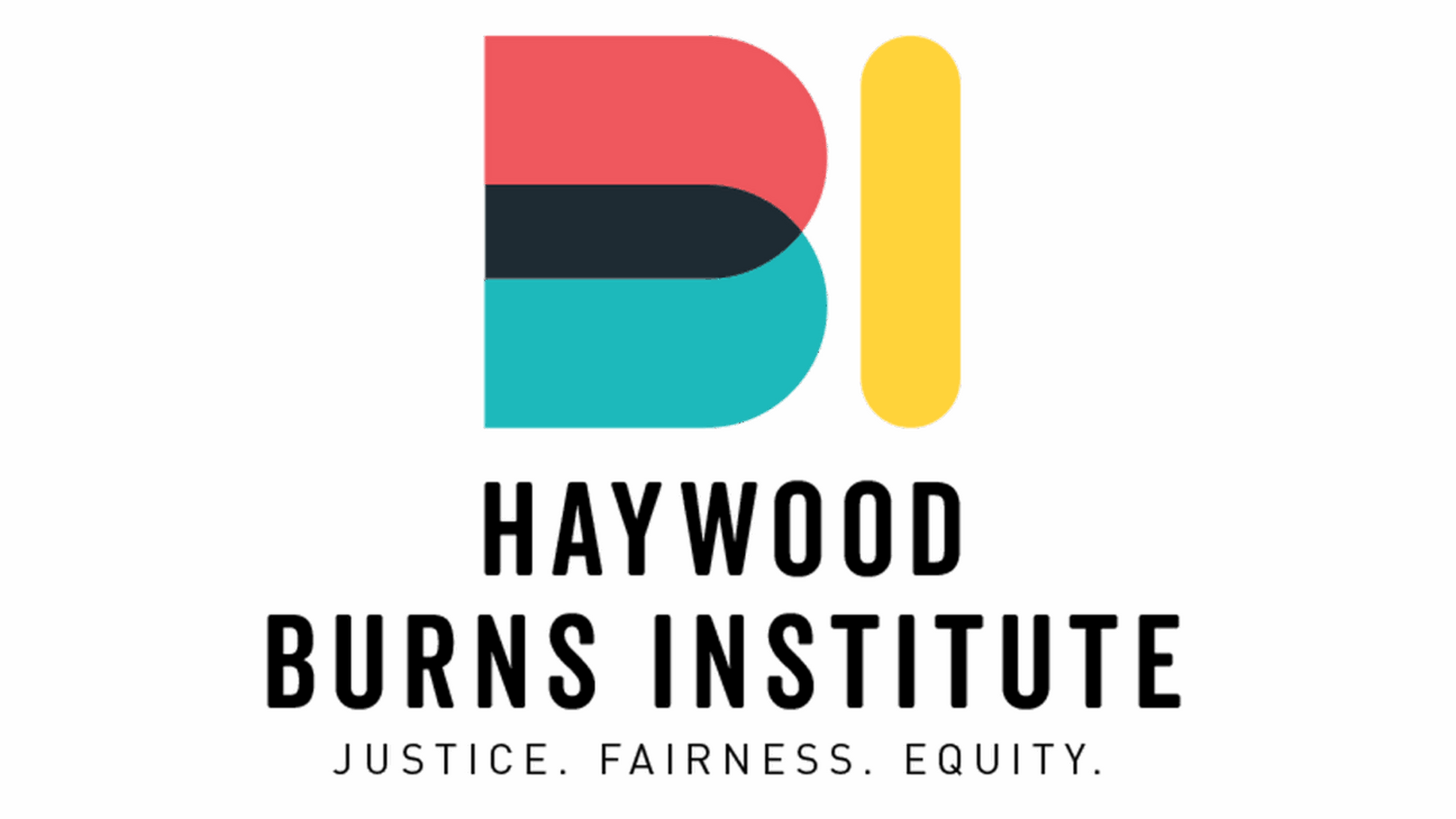Dozens of states and localities across the country are focusing their efforts on improving their systems of pretrial justice. The Roadmap for Pretrial Advancement provides a comprehensive framework and approach to improving pretrial policies and practices. The Roadmap has two parts. The Policy Roadmap describes 11 policies and practices that apply to different parts of the pretrial system: “what” your system should be doing if striving toward true pretrial justice. The Implementation Roadmap includes four practices that apply to “how” to implement these policies and practices.
Engaging the community is an essential component of the “how” of pretrial justice. Community engagement takes many forms, such as including community members and organizations in policy teams, educating community stakeholders on pretrial justice, and seeking the expertise and experience of community members when making policy decisions.
This community engagement toolkit is designed for anyone seeking to make changes that impact local communities’ well-being and address the racial disparities that plague our criminal legal system. Engaging communities broadly and people affected by the pretrial system specifically can help pretrial stakeholders and practitioners develop and implement effective policies and practices that deliver equitable and just outcomes.
Solutions to challenging problems can be found through collaboration between criminal legal system stakeholders, policymakers, and community members, including people with lived experience and expertise of the criminal legal system. [1] When the experiences and perspectives of impacted communities inform policies and practice recommendations, they can transform how problems are solved and where resources are invested.
This toolkit is separated into different sections. Click on the link below to jump directly to those sections:
- What is community engagement?
- Why is community engagement important?
- How can we engage the community?
- Exercises to guide community engagement efforts
What Is Community Engagement?
Community engagement is an important process that builds relationships and partnerships among community members, community organizations, and government entities (e.g., courts, police departments, and community supervision organizations). Successful community engagement results in the meaningful incorporation of people’s interests, solutions, and values in decisions and actions on public matters. [2]
Why Is Community Engagement Important?
Most people who work in the criminal legal system have never directly experienced the system itself—they have never been arrested, spent time in jail, participated in a court hearing (as a criminal defendant), or been required to check in with a pretrial services officer. This means that the people designing policies and practices are often a level removed from the direct experience. In many other social-serving sectors, we seek to hear experiences from people served by the system to improve it. For instance, we often shape policy and practice in schools based on students’ experiences and family feedback. In the same way, to improve the criminal legal system, we must hear from the local community, including people who are system-involved, their families, teachers, faith leaders, business owners, and people living in low-income and racially diverse areas.
For pretrial practitioners, community engagement can help you:
- Gain a better understanding of the needs of the diverse people in the local community
- Learn about the experiences of system-involved people and their families to inform policy and practice
- Communicate your agency’s commitment to public service and community well-being and safety
- Address racial and gender disparities and gaps in equity
- Build relationships that leaders can draw on regularly for advice and in times of crisis
- Improve communication between pretrial agencies and the local community
- Enhance community support for the pretrial system
How Can We Engage the Community?
The best engagement is rooted in understanding a community’s historical traumas and triumphs. Engagement is meaningful when people can work with one another to learn about issues, understand others’ views, address equity and differences, generate ideas, and make plans for action.Engagement with the public can take many forms, including open houses, surveys and focus groups, and citizen advisory groups. The activities you plan will depend on your reasons for engaging the community. The Spectrum of Engagement[OR2] is a tool to help you understand why you are engaging the public and how much you expect the public to influence a final decision.
Understanding the type of engagement will determine the appropriate activities. Here are some examples of community engagement and where they fall on the spectrum:
- Your department or agency has decided to update the pretrial screening process. You want to inform people about these changes before launching them. This is a form of public education.
- You want to improve the court reminder process. You decide to consult with people affected by the system so that you can learn from their experiences and incorporate their feedback into your improvements. This would be considered public input.
- You are developing new pretrial programs and want to ensure these services address the needs of people affected by the system. You want to collaborate with community service providers and system-involved people so that you can collectively develop and make decisions about these services. This would count as public engagement.
The appropriate level of engagement will depend on your goals for engagement and how far along you are in the policy-making process. You will likely conduct engagement at different levels of the spectrum at different times during a process. For example, when starting a project, such as creating a new diversion center, the first step may be to educate the public about what you hope to achieve. However, once the public understands the basics of your work, you may want to include them in developing the process.
Laying out a plan to conduct community engagement is easier said than done. Sometimes, a jurisdiction must first work to foster a community-oriented mindset to advance pretrial justice.
Learn more about ways to infuse community engagement values and beliefs into your organization.
Exercises to Guide Pretrial Justice Community Engagement Efforts
Here are six exercises to help you get started with community engagement. While these exercises cover some of the basics and specific strategies for engaging the community, this is not a comprehensive list. Any number of strategies will help you achieve your community engagement goals.
Exercise 1: Determine Your “Why”
Engaging communities, organizations, and people impacted by your pretrial system can build trust, create meaningful relationships with the public, and help you make decisions that achieve your intended goals and serve the community. This exercise helps determine why you want to engage the public and how you will use their ideas to help make decisions.
Exercise 2: Identify and Address Community Engagement Barriers
When invited to engage with criminal legal system stakeholders, the public can experience barriers to participation. This exercise will help you identify and address common obstacles along the spectrum of engagement so that all people can meaningfully engage.
Exercise 3: Set the Stage for Hiring People with Lived Experience
People with lived experience and expertise can be valuable resources in your workplace. However, many systems present barriers to hiring people with lived experience and may need to be amended. This exercise helps you understand what lived experience may be relevant to the criminal legal system, roles within an agency or organization that people with lived experience and expertise can play, and ways to support people with lived experience to ensure they succeed in the workplace.
Exercise 4: Create and Engage a Community Advisory Council
Most people developing policies for the criminal legal system have never directly experienced the system as a user or client, including arrest, jail, court, and other aspects. This creates a level of separation between the designers and the experience. This exercise helps you form and use community advisory councils (sometimes known as citizen advisory councils) to engage more community voices and increase participation in significant decision-making. It includes a sample agenda for a first council meeting.
Exercise 5: Convene a Pretrial Justice Workshop
Workshops can be a helpful, efficient way to share information and gather feedback. This exercise helps you explore reasons for convening workshops and describes various workshop designs.
Exercise 6: Host a Community Dialogue
Dialogue is a great way to build trust, discuss the complicated issues surrounding a specific topic, and help people listen to each other and learn from different points of view. This exercise helps you plan and facilitate a community dialogue.
Engaging communities in pretrial advancement efforts can help you design and implement effective policies and practices that uphold fundamental pretrial legal principles, provide equitable pretrial outcomes, and center community well-being and public safety. Whether through public education, input, collaboration, or deeper engagement with community members, including people with lived experience in the criminal legal system, you can ensure that advancement efforts are effective and meet the stated mission, vision, goals, and values of your agencies and organizations.

